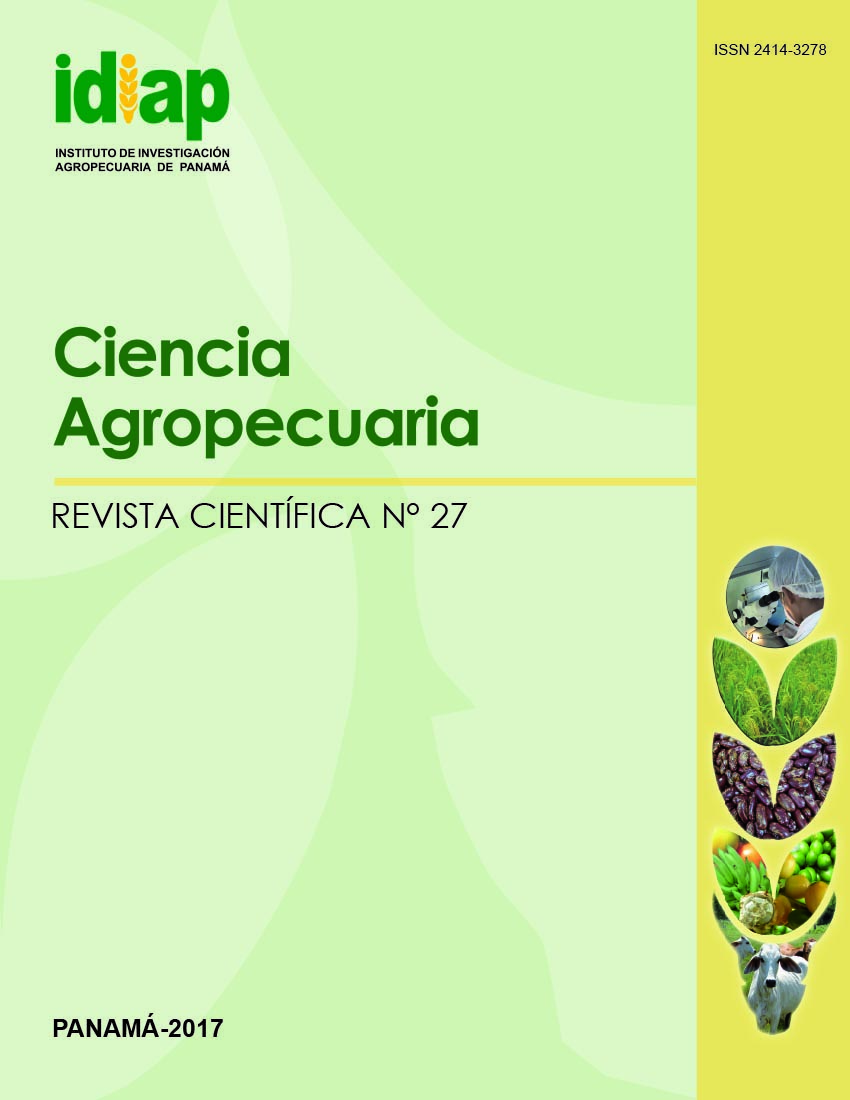CARBON FIXATION IN LIVE FENCES OF LIVESTOCK FARMS FROM THE VILLA RIVER BASIN
Abstract
The present work was carried out with the purpose of determining the potential of carbon in the live fences of livestock farms of the middle and lower basin of La Villa river. Two types of fences were evaluated: simple (one-two species) and multiple (more than two species), where the content of Carbon (C) was determined according to components: a). Carbon in living biomass on the ground and b). Organic carbon in the soil. As a result of the carbon content according to components we can point out that the highest content is found in the soil organic carbon, approximately 90% of the total carbon of the system. Statistical analysis comparing the carbon content in biomass for single and multiple fence types showed highly significant differences (P<0,001) with a mean of 3,76 and 5,77 t C.ha-1, respectively. The organic carbon in the soil was on average 39,35 and 37,76 t C.ha-1, respectively, with no statistical difference. The total average values in total carbon capture potential for the simple type was 43,40 and for the multiple type was 47,53 t C.ha-1.
Downloads
Esta obra está bajo una licencia de Creative Commons Reconocimiento-NoComercial-CompartirIgual 4.0 Internacional.





